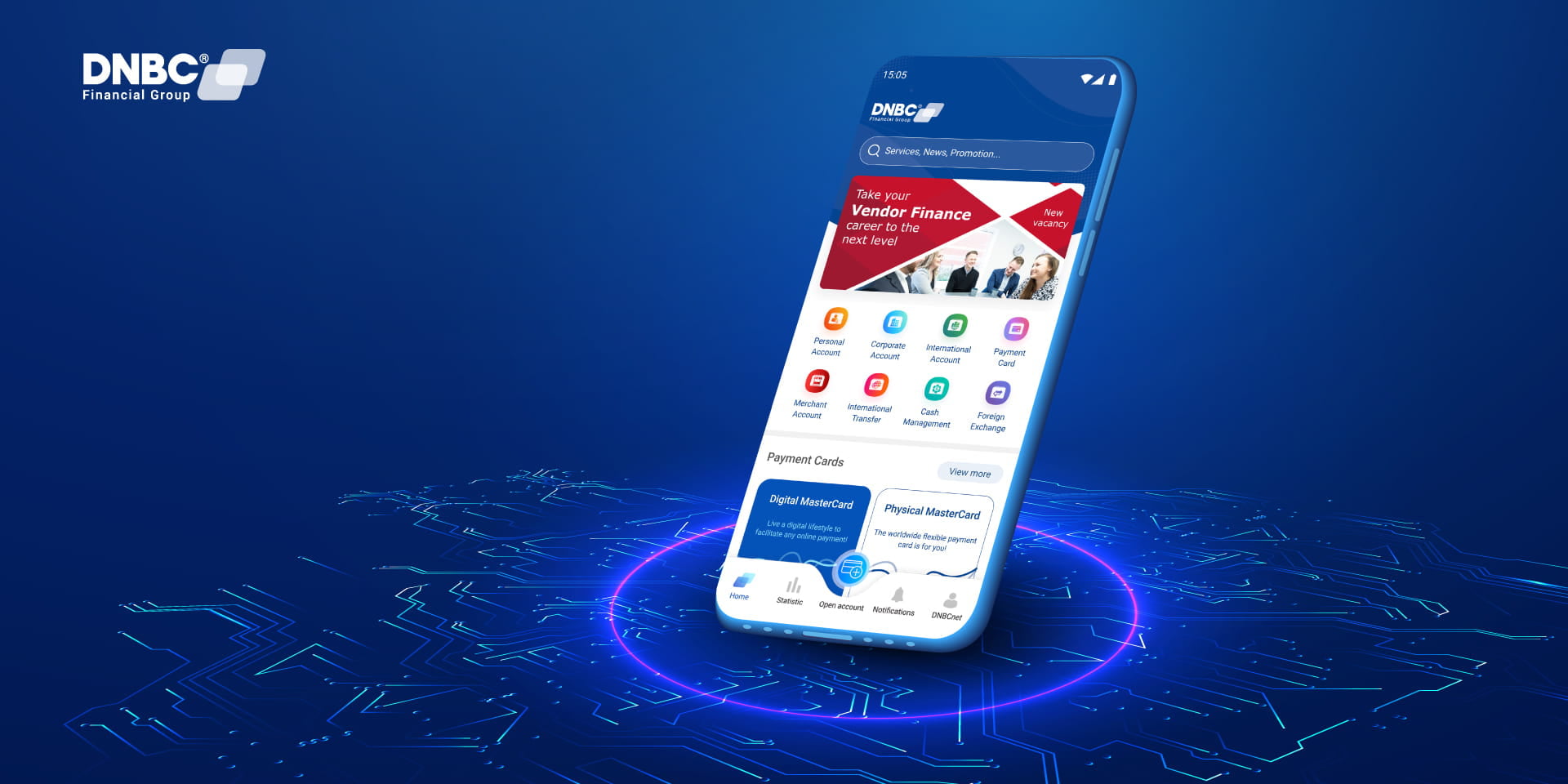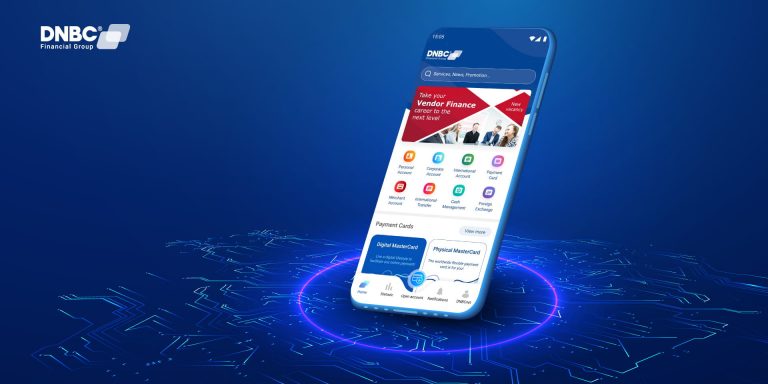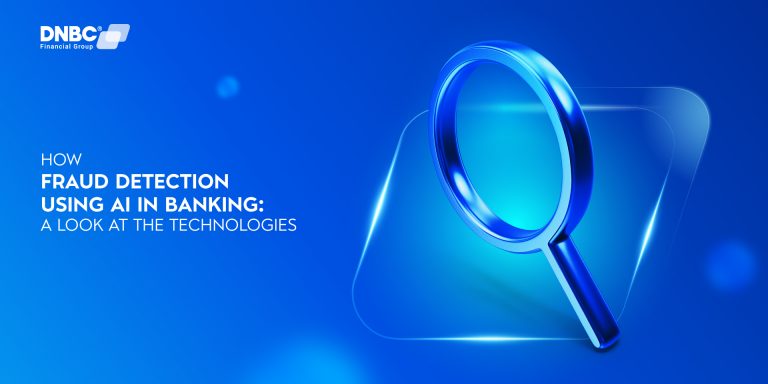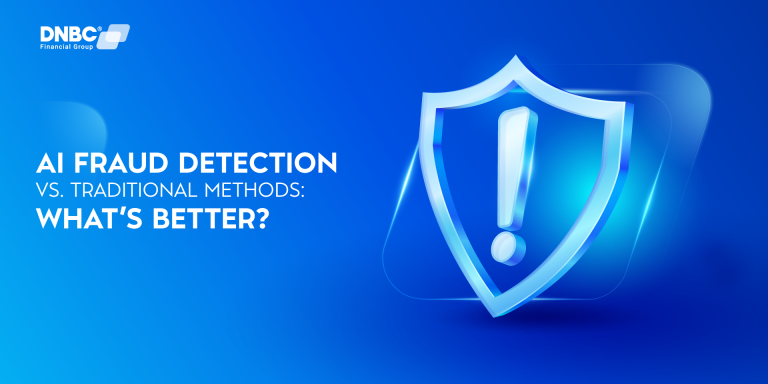Digital payment infrastructure is crucial for seamless financial transactions in today’s digital landscape. It combines cutting-edge technologies to facilitate secure, efficient, and convenient electronic transactions across various channels.
This infrastructure, including traditional bank transfers, mobile payment apps, and contactless solutions, revolutionizes commerce, offering frictionless financial interactions.
Therefore, understanding and optimizing digital payment infrastructure is essential for staying competitive and meeting modern marketplace demands.
What is digital infrastructure
Digital infrastructure serves as the cornerstone of any interconnected enterprise. Accordingly, it also plays a crucial role in enabling success, powering transformation, and connecting people around the world. Let’s dive into what it entails!
Definition
Digital infrastructure integrates physical and virtual technology. These include:
- Compute: The processing power and servers that handle data and applications.
- Storage: Systems for storing and managing data.
- Network: The connectivity that allows devices and systems to communicate.
- Applications: Software and services that run on the infrastructure.
- Everything as a Service (XaaS): Cloud-based platforms and services.

Virtual and physical technologies are integrated in digital infrastructure.
It serves as the foundation for a company’s digital operations. Thus, it allows businesses to re-architect their services for global digital delivery and access ecosystems for rapid product development and scalability.
Key Trends
- Shift to the Edge: Business leaders are recognizing the value of distributing digital infrastructure to the edge rather than relying solely on a centralized core. By doing so, they can analyze data closer to the source, gain insights quickly, and leverage the full potential of 5G applications with low latency.
- Developer-Led and Software-Defined: Digital infrastructure is increasingly shaped by developers and defined through software. This trend emphasizes agility and flexibility in adapting to changing business needs.
Importance
- As businesses face uncertainties (such as global pandemics, geopolitical conflicts, and supply chain disruptions), having agile and flexible digital infrastructure becomes critical.
- Future-proofing the business is a top priority for IT decision-makers, with 83% recognizing its importance.
Therefore, digital infrastructure is the essential technology foundation that allows enterprises to succeed in the digital economy. It’s about connecting the dots—bridging physical and virtual elements to create a resilient and adaptable foundation for business operations.
Digital payment infrastructure
Digital payment infrastructure is a subset of digital infrastructure, addressing the specific needs related to financial transactions and payment methods.

Digital payment infrastructure is set up such that money can be sent online
It describes the infrastructure that allows for monetary transactions to take place online. In addition, it covers a broad variety of payment options, such as those made via mobile devices, the Internet, and contactless purchases. Let’s explore further!
Electronic Payment Systems in payment infrastructure
An electronic payment system enables digital financial transactions between two parties. As the shift to online shopping accelerates, stakeholders are reevaluating their strategies. Key components include:
- Bank Transfers: Direct transfers between bank accounts.
- eChecks: Digital versions of paper checks.
- Buy Now, Pay Later (BNPL): Solutions that allow deferred payments.
Thus, these methods are reshaping the landscape as analog alternatives decline.
Mobile Payment Apps in payment infrastructure
Mobile digital payment apps enable users to transfer funds via mobile devices (smartphones and tablets). According to the 2023 McKinsey Global Payments Report, an estimated $1.152 trillion will transact through mobile peer-to-peer (P2P) apps.
We have combined the online banking platform with the digital banking app to deliver DNBC Financial Group’s clients a premium financial service experience.
Now, with just a web browser or a mobile app, you may access and transfer funds whenever and anywhere you like.
Mobile Wallets in payment infrastructure
A mobile wallet holds card information directly on a mobile device. It manages credit cards, rewards cards, memberships, and even IDs. Consumers prefer mobile wallets due to convenience and reduced fraud risk. Notable options include:
- PayPal
- Apple Pay
- Google Pay
- Samsung Pay
Contactless Payments in payment infrastructure
The adoption of contactless payment methods surged during the pandemic due to health restrictions. These methods use radio-frequency identification (RFID) or near-field communication (NFC) for transactions. For example, these include:
- Credit and Debit Cards with NFC technology
- Mobile Wallets like Apple Pay and Samsung Pay
Consequently, digital payment infrastructure plays a pivotal role in shaping the future of commerce, enabling seamless and secure transactions across various channels.
How does digital payment work
Digital payments are transactions conducted through digital or online methods without the exchange of physical cash. So, let’s explore how they work!

Digital payments are transactions carried out using digital or online techniques without exchanging real cash.
Components of Digital Payments:
Payer and Payee: Both parties involved in the transaction must have:
- A bank account.
- An online banking method.
- A digital device (such as a mobile phone, computer, or card reader).
- A medium of transmission could be a payment provider or an intermediary (like a bank or service provider).
As a result, the payer initiates the payment using their digital device.
Modes of Digital Payments
- UPI (Unified Payments Interface): A popular mode in India, where users can transfer funds instantly using their mobile phones or computers.
- NEFT (National Electronic Funds Transfer): A system for transferring funds between bank accounts.
- AEPS (Aadhaar Enabled Payment System): Allows transactions using Aadhaar authentication.
- Mobile Wallets: Apps like PayPal, Google Pay, and Apple Pay store card information securely on mobile devices.
- Point of Sale (PoS) Terminals: Used for in-person transactions at retail stores.
Transaction Examples
- Online Transactions: When a buyer pays via UPI on an e-commerce website.
- In-Person Transactions: Paying a local grocer through UPI while purchasing at the store.
Benefits of Digital Payments
- Security: Mobile phones provide additional authentication (like fingerprints), minimizing risk.
- Cash Management: Going cashless reduces the risk of theft and storage costs.
- Speed: Digital payments are quicker, leading to shorter queues and better customer experiences.
- Accounting and Compliance: Clear trails simplify operations and tax compliance.
- Data Collection: Payees can collect customer data for analytics and market segmentation.
In summary, digital payments enable seamless, secure, and efficient financial transactions, benefiting both consumers and businesses.
Payment Infrastructure Revolution: Modernizing Global Transactions with DNBC
DNBC’s international money transfer service is a testament to the evolution of digital payment infrastructure on a global scale.
By capitalizing on cutting-edge technologies and interconnected systems, DNBC provides a streamlined and efficient solution for the transmission of funds across international boundaries.
Moreover, prioritizing convenience and dependability, DNBC’s service comprises an extensive selection of digital payment modalities, such as contactless payments, mobile payment applications, and bank transfers.
Hence, through the adoption of digital infrastructure principles, DNBC guarantees that both individuals and businesses are capable of seamlessly navigating the intricacies of international finance. This, in turn, promotes worldwide economic expansion and connectivity.
Related Articles:
- Global Payment Solutions: International Payments for EU Startups
- Tech Trends In Global Payments
- Trends In Payments And DNBC’s Role In Global Business Expansion
- How AI Is Revolutionizing The Payment Industry
- Cross-Border Payments For Digital SMEs In The EU
- DNBC Adaptation Of International Payment Method
DNBC Financial Group is your trusted provider in international money transfer
- Get 100% free 1-on-1 support
- 100% free account opening
- Seamless onboarding process
Or please contact DNBC
![]() Email: [email protected]
Email: [email protected]
![]() Phone Number:
Phone Number:
- +65 6572 8885 (Office)
- +1 604 227 7007 (Hotline Canada)
- +65 8442 3474 (WhatsApp)



 DNBC Team
DNBC Team








